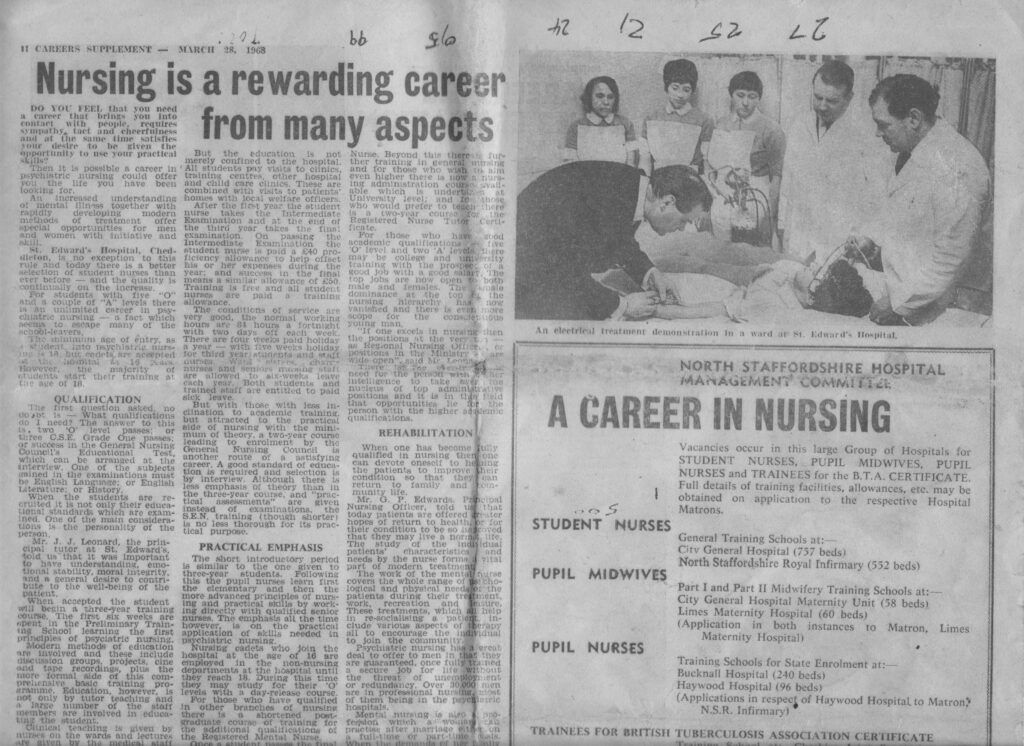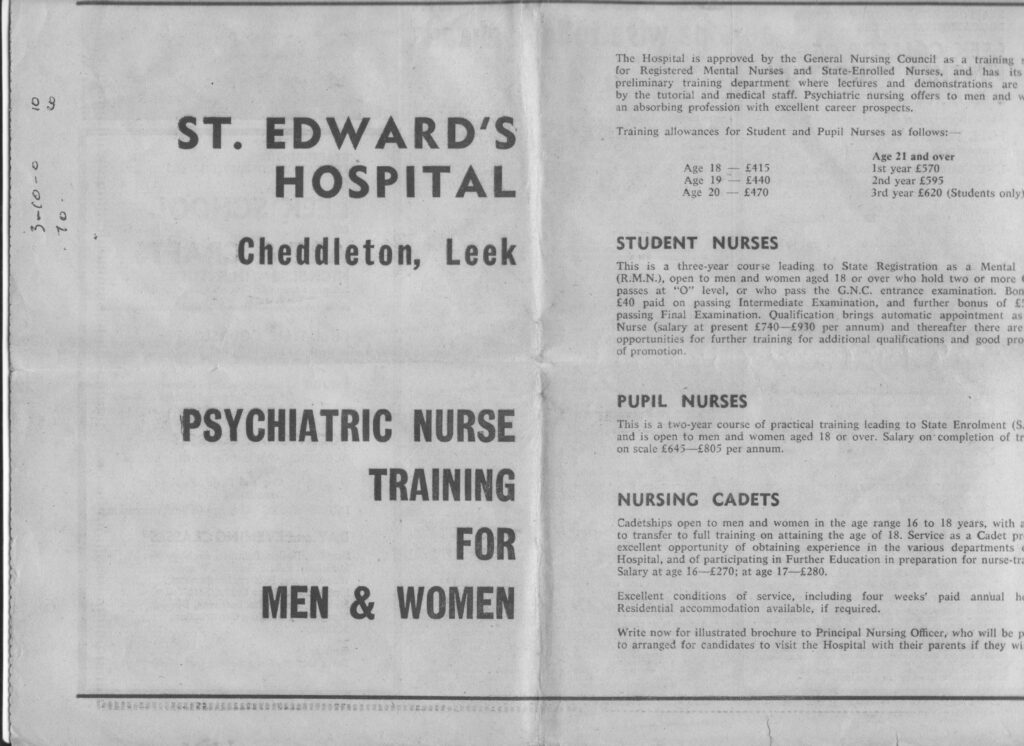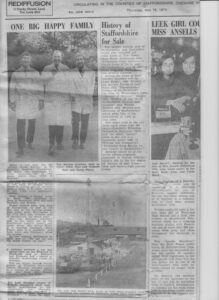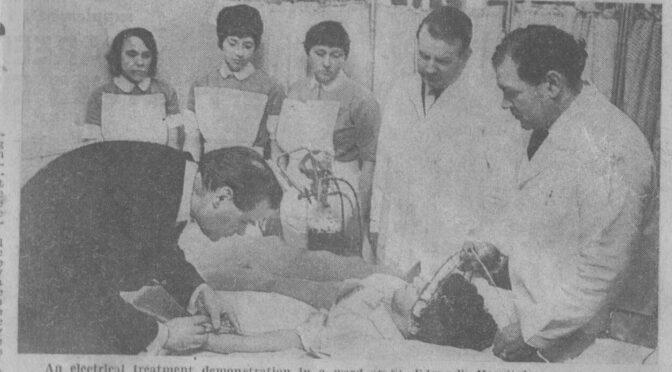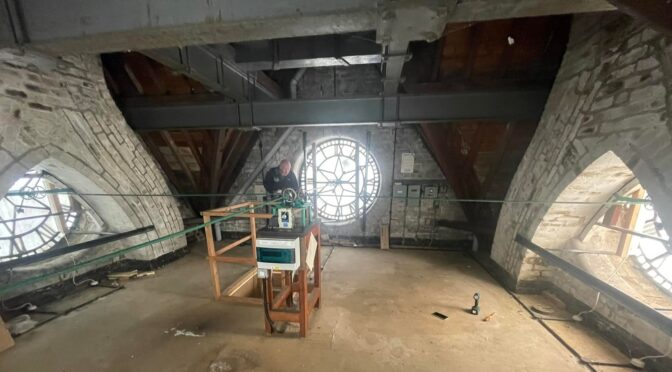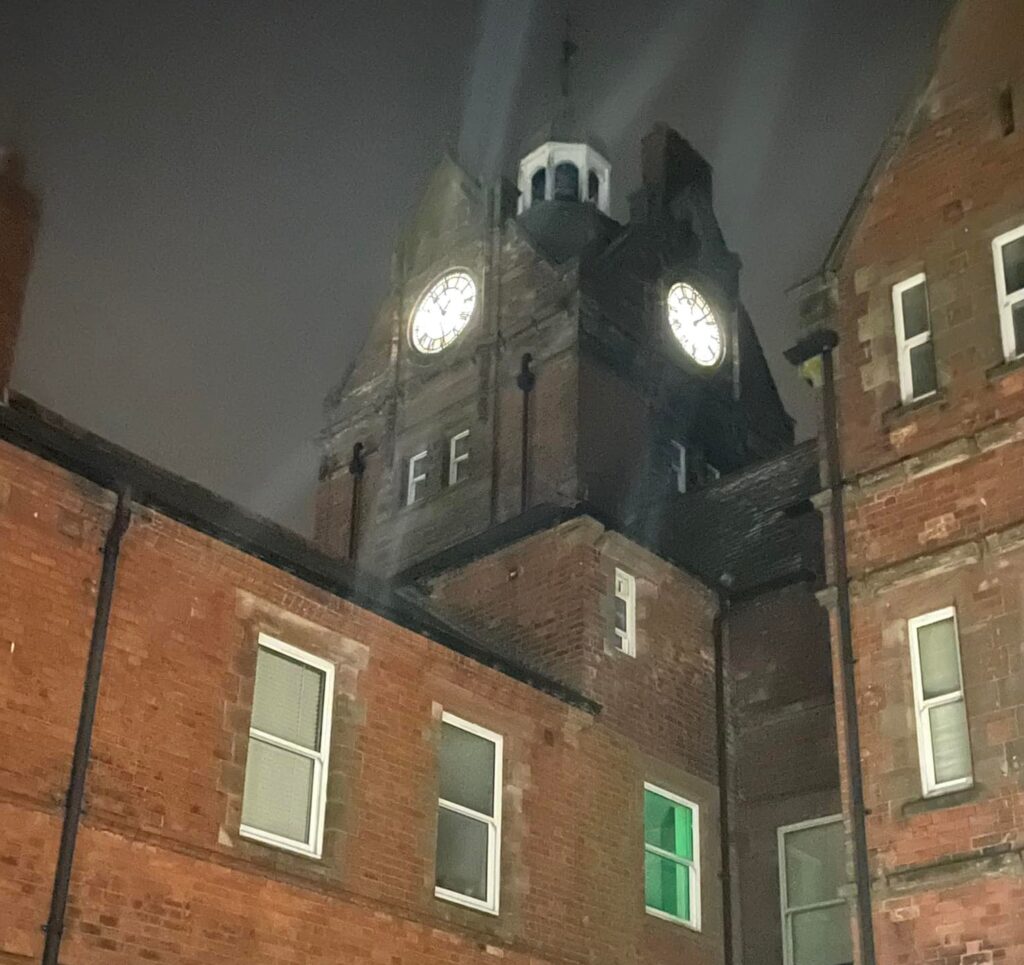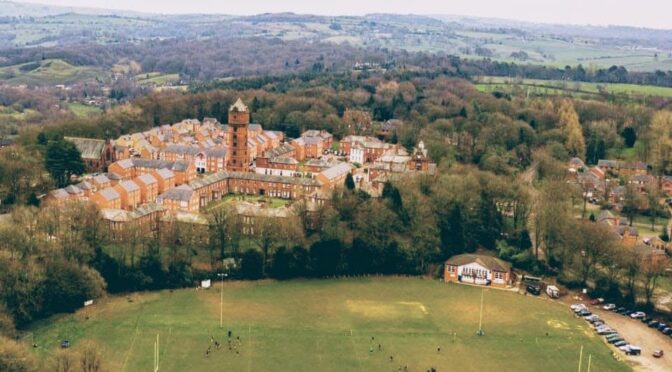Date of meeting 29.06.2022
We considered a quote for jet washing the Park. It was only for the paving stones on paths, not drive ways or tarmacked areas. We all agreed £8,000 was too much money and asked for more quotes.
The gutters have now been cleared and members would have seen the ‘cherry picker’ machine on site. Assessment was made of gutter repairs, missing slates, growing plants and re-pointing. Quotes for these have now been received and will be considered this week. It is difficult to do both jobs at once because the contractor doesn’t know what they are going to find and/or which equipment and tools they need with them in the confined space of the basket on the picker. We will see if anything can be done differently on the next rotation in 2 years time.
Quotes have been received for replacing broken paving slabs to commence after all the repairs to the gutters and rooves has been completed.
There is damp in one of the stair wells in St. Edwards Hall. Gaining access to apartments to examine and repair has proved difficult but is still being pursued.
The starting of the external painting is taking longer than we would all like. It should have started at the beginning of the year but with the change of management board, the contractor took on other work to fill the gap in his diary. We should have more about this this week as our next meeting is 29.7.2022.
Garden Contractor – we met with them earlier this month and they advised a gardener was joining the team to tackle all the smaller items on the estate e.g. weeding, pruning etc. This is starting to make a real difference. The query over Wall Lane Terrace has still not been resolved.
Website additions continue to be made: www.stedwardspark.org . Further suggestions for additional pages were: historical information about the hospital, downloads of formal documentation/ members area, woodland and nature spotting blog where members and their family can record and share nature sightings. This will also help form a record of wildlife on the Park to help with the grant received for the woodland area. With the paperwork available to us, we believe the matters in relation to the previous grant over 5 years were met and work carried out. The existing grant is paid annually 2021-2025. A few of the directors are starting to work with this and the grant maker with a view to determining exactly what is required, record wildlife species, establish a bird watching area, put up bird boxes in the autumn. We may be looking for some help with this from members.
Summer-Houses – It was noted that the council meeting on 26 July 2022 was to consider the grant, CM confirmed that the regeneration officer required no further information.
To enable the surveyors to complete their report, a builder would be needed to confirm the roof construction of the summerhouses, as they were all different. The roof would need to be peeled back and tiles take down baseboards from the eaves. It was agreed that a quote to repair the first summerhouse would be sought to determine
whether to proceed regardless, this was approved unanimously.
It was also agreed that a display board showing the history of St Edwards Park in the first summer-house would be a useful addition.
Date of next meeting: 29th July 2022.
